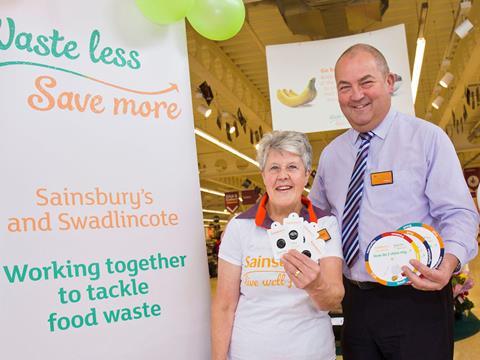
Sainsbury’s has ended its food waste campaign, Waste Less, Save More due to “broadening and changing” customer priorities.
The retailer confirmed it is “winding down” the scheme, and is instead striving to address customers’ concerns under its Live Well for Less banner.
Sainsbury’s set out Waste Less, Save More in 2015 as a 10-point plan involving initiatives such as increasing resealable and snap-pack packaging across 300 product lines, becoming the lead supermarket partner for 30 community fridges in the UK, and providing education on the difference between best before and use by dates.
The supermarket also partnered with Google to develop “practical and scalable tech solutions” for households to manage food waste, and conducted school engagement programmes involving taking food waste learning resources to classrooms and encouraging pupil visits to stores. The latter resulted in schools saving an average of 21kg of food per week.
Its five-year plan began with a year-long trial with 33,000 households in Swadlincote, south Derbyshire, which was overseen by Wrap. This saw Sainsbury’s give residents devices to encourage a reduction in food waste, such as fridge thermometers, and a community fridge in partnership with green charity Hubbub.
These fridges gave residents access to food donations from the local Sainsbury’s supermarket, local people, and through food-sharing app Olio. It helped facilitate the sharing of over 10,000 food items in the community.
Sainsbury’s said this component showed “great promise” and was among the most successful elements of Waste Less. It therefore went on to introduce community fridge schemes in 29 other areas.
The overall Swadlincote trial, however, did not have the desired effect. Wrap’s independent analysis revealed Sainsbury’s failed to reach its 50% waste reduction target, achieving just 9%.
The trial did, however, create a shift in consumers’ attitudes towards food waste, with two-thirds revealing they had already changed or were planning to change behaviour around it, and one-third of households saying the scheme had boosted their awareness of food waste.
On the back of these results, Sainsbury’s pressed on with its plans to roll out Waste Less, Save More nationwide. It therefore released another £1m of the £10m funds set aside for the programme, which was intended to cover the costs of 29 UK-wide discovery communities undertaking 120 development projects and trials.
Regarding the winding down of Waste Less, Save More, Hubbub’s CEO Trewin Restorick said the charity believes food waste remains a significant issue, and confirmed it would press on with its own target of implementing 50 community fridges by the end of the summer.
“Waste Less, Save More launched some significant new approaches to reducing waste, demonstrating that household food waste is a complex and entrenched issue with multiple causes,” he said. “There will be no single magic bullet to resolve this, but every 1% saving nationwide represents £130m worth of food saved.”
Restorick added the charity will use the lessons learned from its partnership with Sainsbury’s to inform its ongoing work to drive behaviour change and reduce waste.
A Sainsbury’s spokeswoman said that since the launch of the Waste Less, Save More trial, it has “invested even more time and research into understanding what living well really means” for its customers. “Reducing food waste now forms one part of an even bigger ambition to help our customers live well in every aspect of their lives,” she added.
Sainsbury’s has also insisted that helping its customers reduce the amount of food they waste “is still an important issue” adding that it sees the campaign’s premise as “one part of something much broader.”





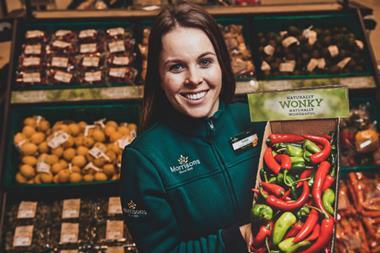


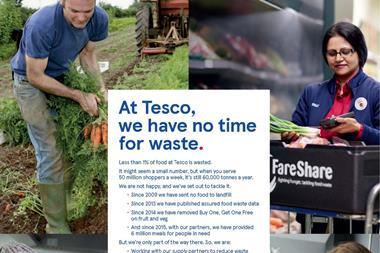
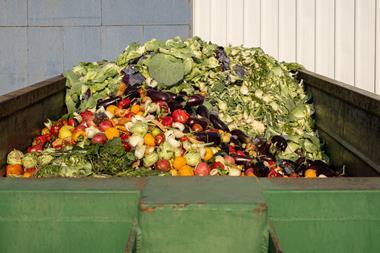
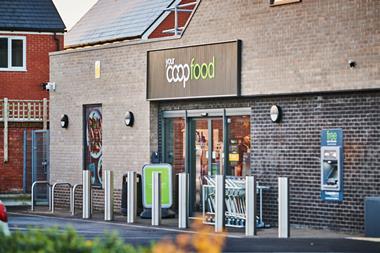




No comments yet